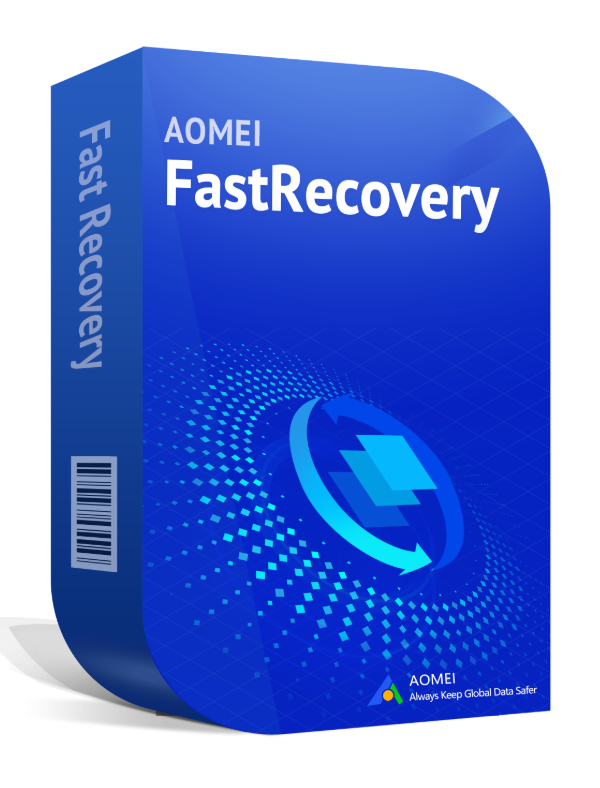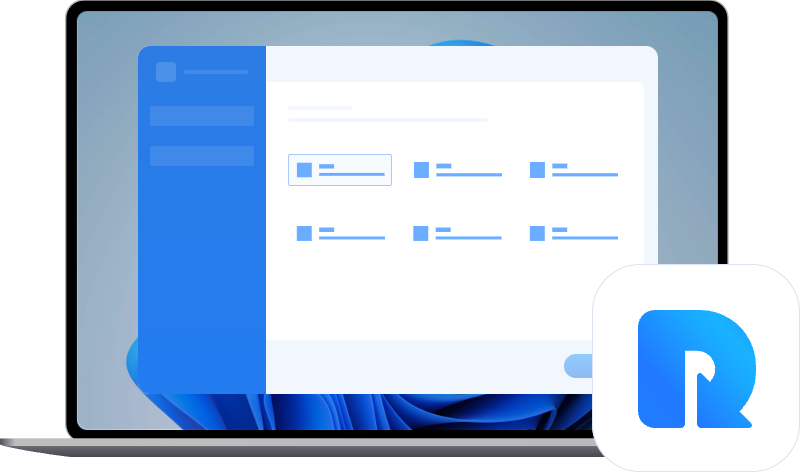4 Quick Ways to Recover Excel File Saved as CSV
You will learn 4 quick methods to recover Excel file saved as CSV, along with step by step instructions and screenshots. Scroll down to learn more right now!
Can I Recover Excel File Saved as CSV?
“Hi! I would like to check out there is any way to recover an excel file with format and details that are wrongly saved as CSV format. The orginal raw file is a CSV format but had done some tabulation and format on the file that was accidentally saved as CSV and deleted the recovery file as well. Thank you”
Yes, you can recover Excel file saved as CSV in the following 4 methods. However, before talking about this, you need to learn more about Excel and CSV, which will help you to understand better why Excel saved as CSV lost formulas, formatting, multiple sheets, tabs, etc., and prevent you from making such mistakes.
- CSV files are just plain text files, values separated by a comma (or semi-colon). Excel displays these like workbooks, but they aren't workbooks.
- CSV files are limited to raw data storage without any formatting, formulas, or other advanced features. In contrast, Excel supports complex calculations, data manipulation, and visualizations through its built-in functions, formulas, and tools.
- CSV files don't require proprietary software to open, edit and save. Thus, you can open it with a simple text editor or another program. However, Excel files require Microsoft Excel to open them.
How to Recover Excel File Saved as CSV
Here are 4 useful methods to recover Excel file saved as CSV step by step, you can try them all.
Way 1: Check the TEMP Folder
Microsoft has the AutoRecover feature that will save an Excel file as a temporary file in C: drive when editing it. It may be in the Temp folder or UnsavedFiles folder, depending on your operating system.
Step 1. Open File Explorer. Copy and paste the temp folder location in the address bar and press Enter to access the temp files.
- For Windows 7 users: C:\Users\username\AppData\Roaming\Microsoft\Excel\
- For Windows 8/10 users: C:\Users\username\AppData\Local\Microsoft\Office\UnsavedFiles\
- For Windows 11 users: C:\Users\username\AppData\Local\Temp\
Step 2. Locate and select the desired temp file. Then, right-click it and select Open with > Microsoft Excel.
Step 3. Click File > Save as and select Excel Workbook (*.xsxl). Please specify a location and name to save it as an Excel file.
Way 2: Restore the Previous Version of the Saved CSV File
If you enable the File History or System Restore feature, it will automatically save copies of your files. You can try to restore previous version of file to recover Excel file from CSV.
Step 1. Select the saved CSV file, right-click it, and select Properties.
Step 2. In the Previous Versions tab, find a previous file version similar to saved CSV file, but showing as Excel file, and click Restore.
Way 3: Open and Save as XLSX
You can also try to save the CSV file as XLSX to recover Excel file accidentally saved as CSV.
Step 1. Open a new Excel file. Then, click File > Open and select the CSV file.
Step 2. Click File > Save As and select Excel Workbook (*.xlsx). You need to select a location and type a preferred name to save it as Excel.
Way 4: Import CSV Data using From Text/CSV
At last, you can try to import CSV data using From Text/CSV.
Step 1. Open a new Workbook. Switch to the Data tab, in the "Get & Transform” section, and click New Query > From File > From CSV or From Text.
Step 2. Browse and select the CSV File, then click Import.
Step 3. Preview the CSV file and click Load to import it. If necessary, select Based on entire dataset as data type detection.
Step 4. Save it as an Excel file. You need to specify a location and name for it before clicking Save.
How to Recover Deleted or Lost Excel/CSV Files
The most effective method to recover deleted or lost Excel/CSV files is using AOMEI FastRecovery, a free, powerful and easy-to-use Windows data recovery software. It allows you to scan and recover files from specific locations, partitions, or disks at any time, even during scanning.
- It has a free version that can recover data up to 500MB.
- Area-specific and intelligent scanning methods - Quick Scan for hard drives and Deep Scan for USB/SD cards to find files in the shortest time. Deep scanning is always available.
- A wide range of data types, from documents (TXT, DOCX, XLSX, CSV, PDF, PPT) to images(JPG, PNG, GIF, PSD), audios (MP3, WAV, AIFF), videos(MP4, MOV, AVI, WMV, FLV), etc.
- Search or filter files quickly through file names, extensions, data types, etc. If necessary, preview files to confirm it before recovering.
- Recover specific files or folders instead of all.
- Work perfectly with NTFS, FAT32, exFAT, ReFS file systems, and different devices.
Now, click the download button to start Excel/CSV file recovery. It supports Windows 7/8/10/11/ and servers (both 32bit and 64bit).
Step 1. Scan the drive to scan
Open AOMEI FastRecovery after installing. You’ll be prompted to select the drive where your Excel/CSV files were lost. Select it and click the Scan button to get started.
Step 2. Scan and find lost data
By default, it will start Quick Scan automatically to search for deleted or lost files. The process is fast, so you won't have to wait long. More flexibly, you can search or filter files quickly during scanning. It also allows you to preview files before recovering.
- Search box: Directly type the file name or extension in the search box. It’s recommended to recover specific files or folders.
- Filter: Click the funnel-shaped button to specify the data type and its size to narrow your search.
- Preview: Double-click the files to preview in a clear thumbnail, including,ico, jpg, png, bmp, jpeg, tif, svg, gif, ico, mp4, mp3, txt, xlsx, pdf, ini, docx, etc.
Step3: Recover deleted or lost Excel/CSV files
Once found, select the desired files and click the Recover button without waiting for the final result. Just leave the checkboxes blank if you don’t want to recover certain files. Please select a different location to save the recovered files, ensuring that you don't overwrite anything important data.
How to Avoid Losing Excel/CSV Files
You may not want to lose your Excel/CSV files, but sometimes you come across this situation due to different reasons, most often, you accidentally delete files. To avoid this, you need to take some effective measures in the following.
1. Double-check before Saving Files.
CSV files can’t hold any formulas, formatting, or other advanced features as it’s a text files. So please save it as an Excel file if you add any incompatible elements.
2. Enable the Auto-Recovery feature.
Once the Auto-Recovery feature is enabled, it will automatically save copies of your Excel files.
- Click File > Options to access the Excel Options window.
- Click Save and check the Save AutoRecover information every 10 minutes option and the Keep the last AutoRecovered version if I close without saving option.
- Optionally, you can also change the frequency to save AutoRecover information shorter or longer according to your needs.
3. Employ reliable backup software.
History and System Restore helps create a copy of your files and allows you to restore previous versions of files (if it’s saved over). The 3rd-party backup software - AOMEI Backupper Standard is recommended if you want to backup any files or folders automatically, i.e. daily, weekly, or monthly, and save them to different locations to minimize the risk of data loss.
Closing Words
You can easily recover Excel file saved as CSV in the 4 quick methods above. But they are useless to deleted or lost Excel/CSV files. If you accidentally deleted them or due to other reasons, try to restore files from backup (if available). If not, directly use Windows data recovery software - AOMEI FastRecovery.
At last, don’t forget to backup Excel/CSV files if you don’t want to lose them again. You can choose to enable the Auto-Recovery feature, File History, System Restore, or 3rd-party reliable backup software - AOMEI Backupper Standard.


